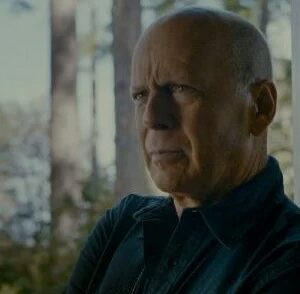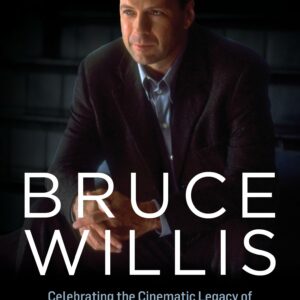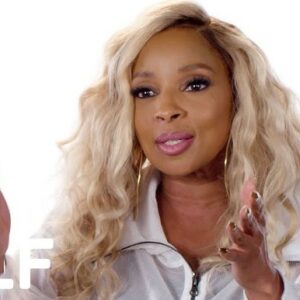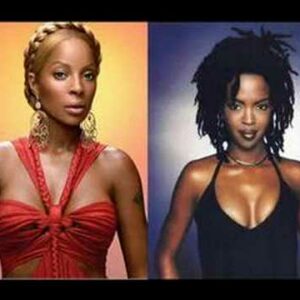Introduction:
Michael Jackson is a name that resonates across the globe, transcending time, borders, and even genres. From his early days as the cherubic lead singer of the Jackson 5 to his reign as the “King of Pop,” Jackson’s influence on music, fashion, and culture is undeniable. Yet, beyond his musical genius, a significant part of his global appeal was shaped and sustained through the media, particularly magazine covers. These glossy, larger-than-life images immortalized Jackson at key points in his career and helped construct his ever-evolving public persona.
Magazine covers, with their stunning visuals and compelling headlines, have long served as powerful tools for shaping public perception of celebrities. For Jackson, they were more than just snapshots in time—they were cultural statements that reflected his rise, evolution, and, at times, controversies. In an era before social media, these covers were the primary means by which fans engaged with their idols, making them cultural touchstones that resonated deeply with his global audience.
The Power of Magazine Covers:
To understand the magnitude of Michael Jackson’s influence, one must first recognize the power of magazine covers. These covers serve as visual time capsules, preserving moments in pop culture history and encapsulating the essence of the stars who grace them. For Jackson, his presence on these covers was about more than promoting a new album or tour—it was about solidifying his place in the pantheon of global superstars.
Throughout his career, Jackson appeared on the covers of Rolling Stone, Time, Ebony, Vogue, and GQ, among many others. Each of these covers not only reflected his current stage as an artist but also played a pivotal role in shaping how the world viewed him. Whether it was the Thriller-era Jackson, draped in a red leather jacket and exuding cool confidence, or the more introspective and mysterious Jackson of the Dangerous and HIStory years, these covers constructed the visual narrative of his life.
In the 1980s, Jackson’s image on magazine covers mirrored his status as a global phenomenon. He had become more than just a pop singer—he was an icon, a trendsetter, a cultural force. The simplicity and elegance of his look—his white glove, cropped pants, and fedora—became symbols not only of his music but also of his transcendent appeal. The covers from this era radiated a sense of control and mastery, showing Jackson as an artist at the peak of his powers.
As his career progressed, so did his image. The covers of the 1990s and early 2000s depicted a more enigmatic Jackson, a man who had retreated somewhat from the spotlight but remained a figure of fascination. The airbrushed perfection of these covers hinted at the pressure Jackson felt to maintain his status as a cultural icon while battling personal demons and public scrutiny. Yet, even in these more difficult moments, magazine covers helped maintain the mythos of Michael Jackson, showcasing his ability to evolve, both as an artist and as a person.
Iconic Interviews:
Michael Jackson’s relationship with the press was complex, but his interviews with major publications often provided rare glimpses into his world. Throughout his career, Jackson granted interviews that not only offered insights into his artistry but also revealed new dimensions of his life, his beliefs, and his vulnerabilities. These interviews, often paired with striking magazine covers, helped deepen the public’s understanding of the man behind the music.
One of the most groundbreaking interviews Jackson gave was with Ebony in 1984. At the time, Jackson was at the height of his success following the release of Thriller. The interview shed light on his creative process, his approach to fame, and his thoughts on race in America. Jackson’s discussion of his music as a universal language that transcended racial barriers was particularly powerful in an era when such topics were often controversial. The cover, which featured a beaming Jackson, exuded the energy and optimism of a man who knew he was on top of the world.
In 1993, Jackson gave another landmark interview, this time with Oprah Winfrey. Though this was not a magazine interview, the subsequent coverage of it in the press was immense. Jackson spoke openly about his childhood, his battles with vitiligo, and the pressures of fame. His vulnerability in this interview was groundbreaking, as he allowed the world to see the pain behind the persona. The media coverage following this interview was significant, with magazines and newspapers dissecting every word and image, solidifying Jackson’s place as a figure of intrigue.
Later in his career, interviews with Vibe and Jet in the 2000s revealed a Jackson who was more reflective and, at times, defensive. He spoke of his frustrations with the media, his commitment to philanthropy, and his undying love for his fans. These interviews, paired with iconic magazine covers that often depicted Jackson in a more mysterious light, gave fans a deeper understanding of the complexities of his life, beyond the tabloid headlines.
Legendary Photoshoots:
For Michael Jackson, photoshoots were not merely promotional exercises; they were extensions of his artistry. Throughout his career, Jackson worked with some of the most renowned photographers in the industry, each of whom captured different facets of his personality and image. These photoshoots, many of which graced the covers of major magazines, helped define Jackson’s visual legacy.
One of the most iconic photoshoots of Jackson’s career was for the Thriller album in 1982. Photographed by Dick Zimmerman, the images from this shoot—particularly the shot of Jackson lounging in a white suit with a black shirt—became synonymous with the album’s unprecedented success. The cool, effortless elegance of the images reflected the new level of stardom Jackson had achieved and became one of the most recognizable portraits of him.
As Jackson’s career progressed, so did the ambition of his photoshoots. For the Bad album, Jackson collaborated with photographer Herb Ritts to create a darker, edgier image. The leather jacket, the intense gaze, and the monochromatic palette of the photoshoot reflected the tougher, more aggressive sound of the album. These images helped signal a new era for Jackson, one in which he was willing to push boundaries both musically and visually.
In the 1990s, Jackson’s collaboration with photographer David LaChapelle for Rolling Stone and Interview magazine covers showcased his ability to reinvent himself. LaChapelle’s surreal, almost fantastical style was a perfect match for Jackson, whose persona had by then taken on an otherworldly quality. The photoshoots from this era captured the tension between Jackson’s desire for privacy and the public’s insatiable curiosity about his life.
Behind-the-scenes stories from these legendary photoshoots reveal a meticulous artist who was deeply involved in every aspect of his image. Photographers who worked with Jackson often spoke of his perfectionism, his attention to detail, and his ability to convey emotion through the camera. These photoshoots not only reflected Jackson’s evolving style but also his enduring commitment to pushing the boundaries of what was possible in music, fashion, and art.
The Cultural Legacy:
The impact of these magazine features, photoshoots, and interviews extends far beyond the fans who devoured them at the time. They have become part of the collective memory of Michael Jackson’s career, influencing not only how he is remembered but also how future generations approach the intersection of music and media.
Jackson set the standard for artistic collaboration between musicians and the media. His ability to use magazine covers and interviews as tools for self-expression and reinvention paved the way for future artists who understood the power of visual imagery in building a global persona. Today, stars like Beyoncé, Lady Gaga, and Kanye West employ similar strategies, using magazine covers and high-concept photoshoots to craft their public image. Jackson’s influence in this area is undeniable.
Moreover, Jackson’s magazine appearances helped cement his status as a cultural icon for fans around the world. For many, these covers were the first time they saw a black artist presented with such glamour, sophistication, and respect. Jackson’s presence on these covers challenged industry norms and helped break down racial barriers in media representation. His ability to transcend race and genre in his music was mirrored in his magazine appearances, which depicted him as a global figure whose appeal knew no bounds.
Conclusion:
As we reflect on Michael Jackson’s legacy, it’s clear that his influence on pop culture and media remains as potent as ever. The iconic magazine covers, interviews, and photoshoots that accompanied his career are not just relics of the past—they are integral to understanding the complexity and genius of Michael Jackson.
These visual and written representations of Jackson continue to shape his legacy, offering new generations a window into the life of one of the most influential figures in modern history. From the power of his magazine covers to the depth of his interviews, Jackson’s impact on the media will forever be a testament to his status as the ultimate cultural icon. His enduring legacy serves as a reminder of the symbiotic relationship between music and media, and how the two, when fused together, can create a legend that transcends time.





